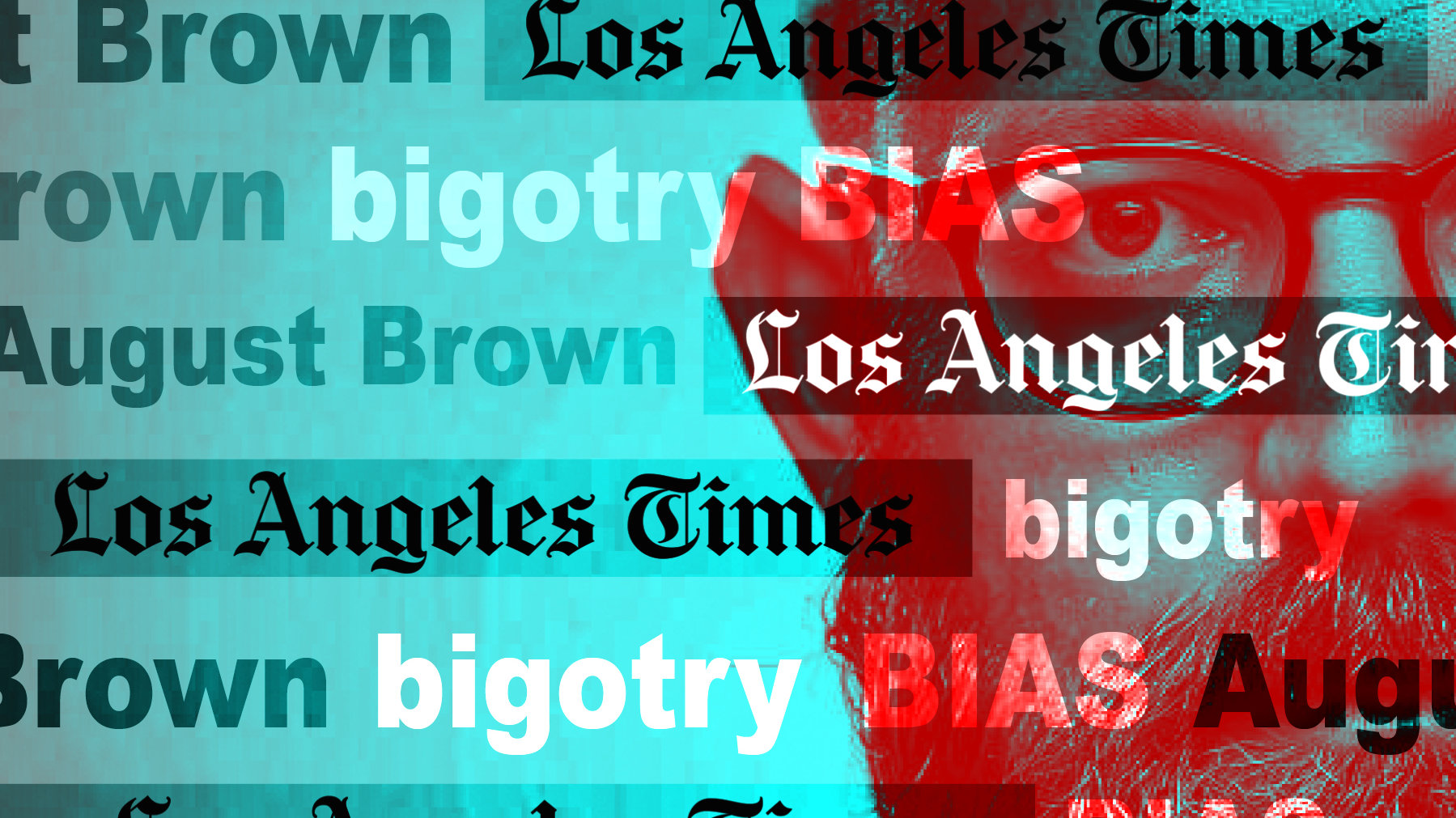
-
HOME
-
WHAT IS STANDOur Mission Our Values Our Help Contact
-
WHAT WE FIGHT FORReligious Freedom Religious Literacy Equality & Human Rights Inclusion & Respect Free Speech Responsible Journalism Corporate Accountability
-
RESOURCESExpert Studies Landmark Decisions White Papers FAQs David Miscavige Religious Freedom Resource Center Freedom of Religion & Human Rights Topic Index Priest-Penitent Privilege Islamophobia
-
HATE MONITORBiased Media Propagandists Hatemongers False Experts Hate Monitor Blog
-
NEWSROOMNews Media Watch Videos Blog
-
TAKE ACTIONCombat Hate & Discrimination Champion Freedom of Religion Demand Accountability
NY Times TV Critics Want to Know: Are You Impressed With Their “Bigotry Chic”?
“Asking a working writer what he thinks about critics is like asking a lamppost what it feels about dogs.”
— Christopher Hampton, British playwright
Hatred is—how to put it delicately?—incongruous in today’s polite conversation. One mustn’t be thought of as coarse or vulgar while doing one’s looking down at the lower classes, after all.
No—rather the very best people, those Brahmans of society who engage in trendy-intellectual discourse, take a more fashionable route than hate to express their displeasure with members of certain religions. Shall we give it a name? Bigotry Chic.

You and I are far too low in the pecking order of life to fully appreciate Bigotry Chic, the weapon of censure preferred by those who soar high above us.
TV critics, for example.
New York Times TV critics, in particular.
James Poniewozik, Mike Hale and Margaret Lyons watch TV all day and are paid for it, which automatically makes them aristocrats. A recent article spotlighting their top TV picks of 2023 contained a choice sample of Bigotry Chic. In pronouncing judgment on the second season of a streaming series, they inject a parenthetical slur against the Church of Scientology mid-sentence, out of left field. The show had nothing to do with Scientology. Poniewozik might as well have written, “The garden show was very colorful (as Jews are after your money) and we recommend it highly.”
Theirs is a sit-down job—a job that demands little production but lots of opinions.
The parenthetical slur permits its Bigotry-Chic-practicing author to slide in a snide comment while pontificating on a wholly unrelated topic. The reader is thus invited to absorb the canard on a subliminal level—often unaware he’s been subjected to hate speech of the most exquisitely subtle kind.
Like a virus to its host, the clandestine bigotry can then take hold. The next time the victim hears the name of the maligned group, he feels vaguely uncomfortable, even threatened. And so it grows.
The New York Times didn’t invent Bigotry Chic—the genre has been with us for decades—but it plays a key role in its normalization.
The hallmark of the chic bigot is fear. You will never find him or her out painting swastikas or marching skinheadedly in the torchlight chanting slogans under a hooded cloth. He is far too refined for that—too subtle, too fashionable, too stylish, too scared out of his bloomin’ wits—to show his bigotry full-armed.
More likely you’ll find him at his desk or at the theater or at the local Starbucks, looking pleased with himself.
Or on his couch, like Messrs. Poniewozik and Hale and Ms. Lyons.
These intellectual giants make their living watching images composed of pixels and polarized light play on an apparatus made of plastics, circuit boards, glass and other material. Theirs is a sit-down job—a job that demands little production but lots of opinions. And the most titillating opinions are the negative ones. Every self-respecting critic knows it’s lots more fun to say something nasty than something nice.
So imagine being a critic, assigned to compile the best, must-see shows of the last 12 months. All positive reviews. All raves. All four stars! In other words, anguish and torture. Where is the opportunity to show off the rapier wit, the devastating dig, the inspired insult? For a critic, these things are as essential to life as the air we breathe.
Bigotry Chic is the happy solution to the suffering critic—a no-brainer for James Poniewozik and his team of sloths. Simply insert the hateful lie right… over… there, and live to critique another day.
But bigotry is a stern taskmaster and Bigotry Chic is no exception. Like a drug, it becomes a habit, then a way of life, then its own prison. Possibly Poniewozik and Co. can take comfort in the knowledge that they aren’t alone—they share their cell with fellow haters and highbrow gloop.
But on second thought, it’s rather cold comfort…









